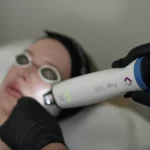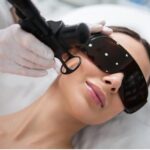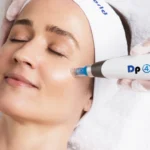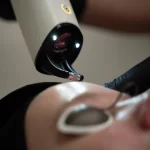Why a Patch Test Is Essential Before Medical Aesthetic Procedures
In medical aesthetics, safety and precision are everything. That’s why a patch test is a vital first step before starting many treatments—especially those involving lasers, radiofrequency, Microneedling with serums, chemical peels, or topical numbing agents.
1. Observe how your Skin Responds
A patch test allows your provider to observe how your skin responds to the products, technologies, or ingredients planned for your treatment. It helps detect any risk of allergic reaction, irritation, or post-inflammatory hyperpigmentation (PIH)—especially in sensitive or melanin-rich skin types.
Here’s why a patch test matters:
-
Prevents adverse reactions – Avoid unexpected irritation, allergic responses, or pigment changes.
-
Ensures product compatibility – Especially for treatments involving serums, numbing creams, or active ingredients.
-
Builds a safe, personalized plan – Tailors your protocol based on your skin’s actual behavior, not just theory.
-
Increases trust and transparency – Patients feel more confident when steps are taken to ensure their safety.






